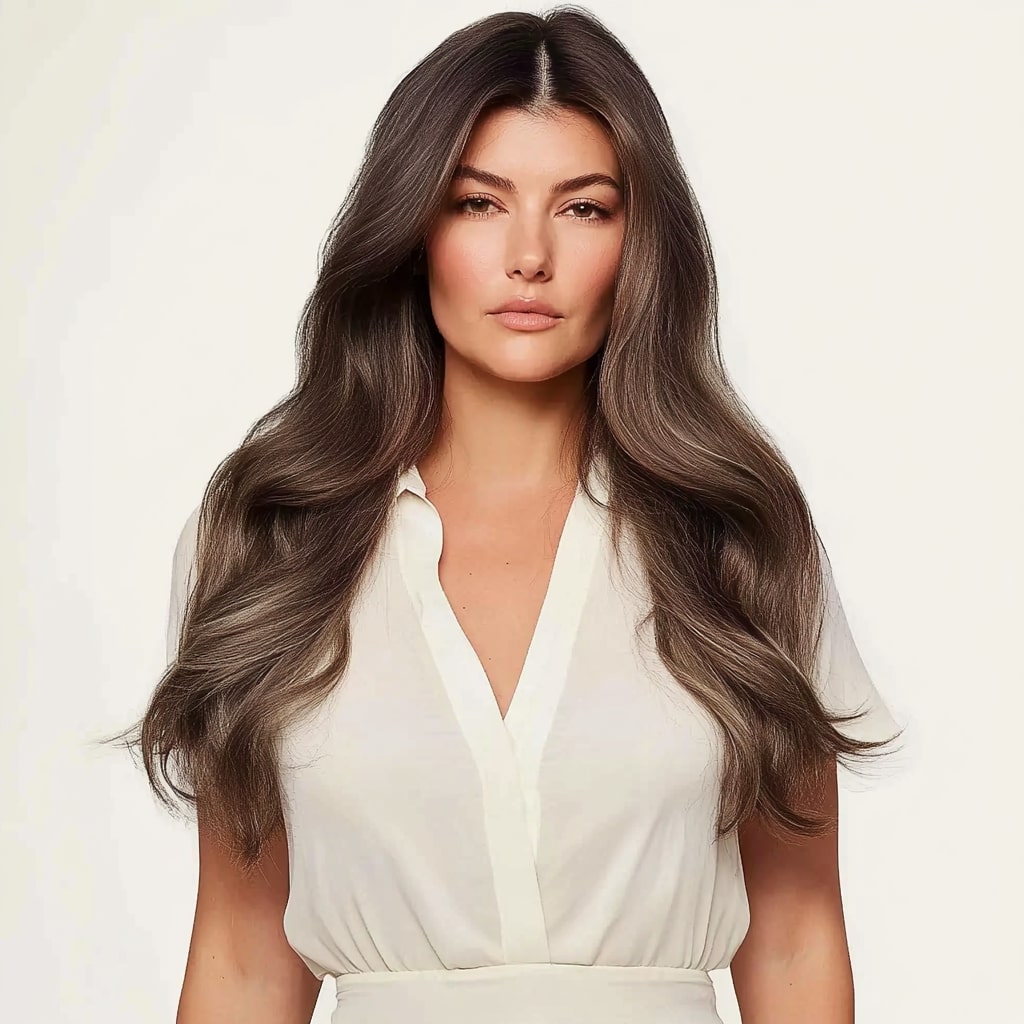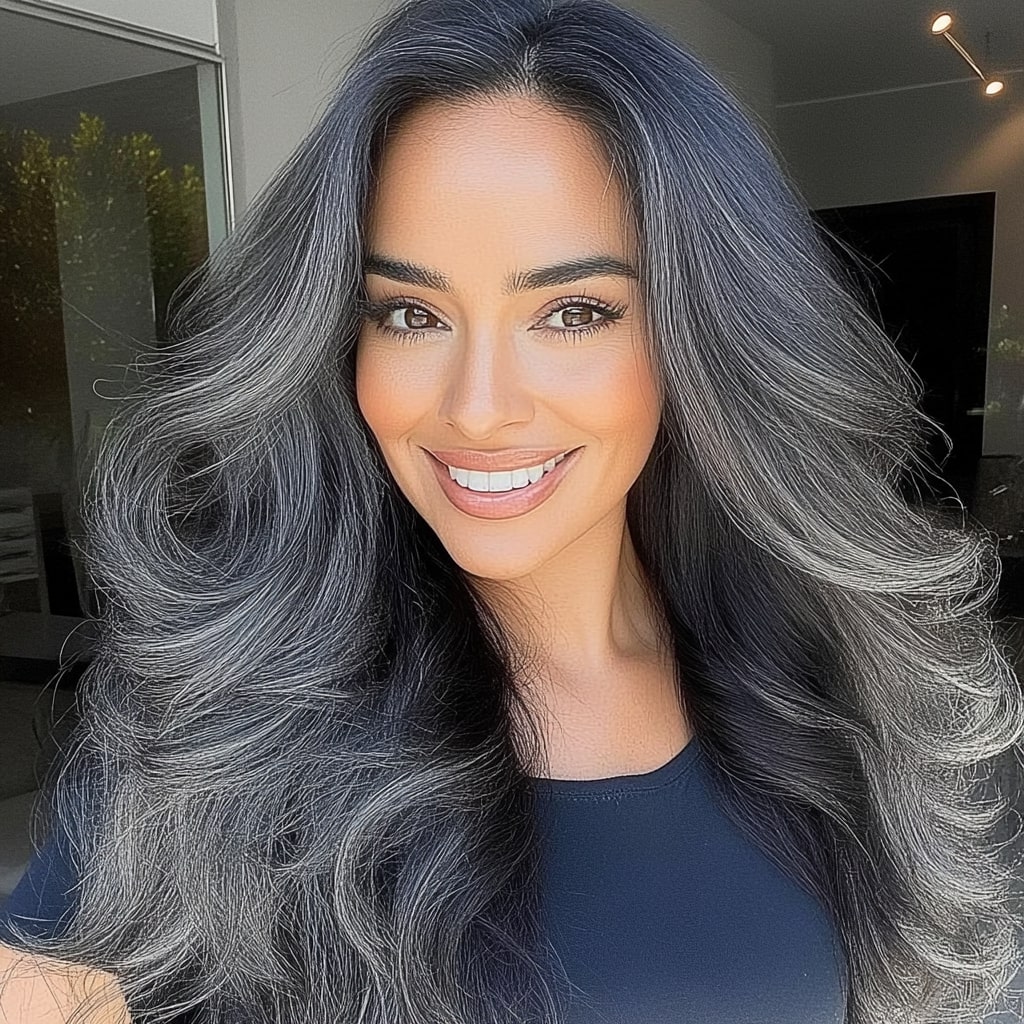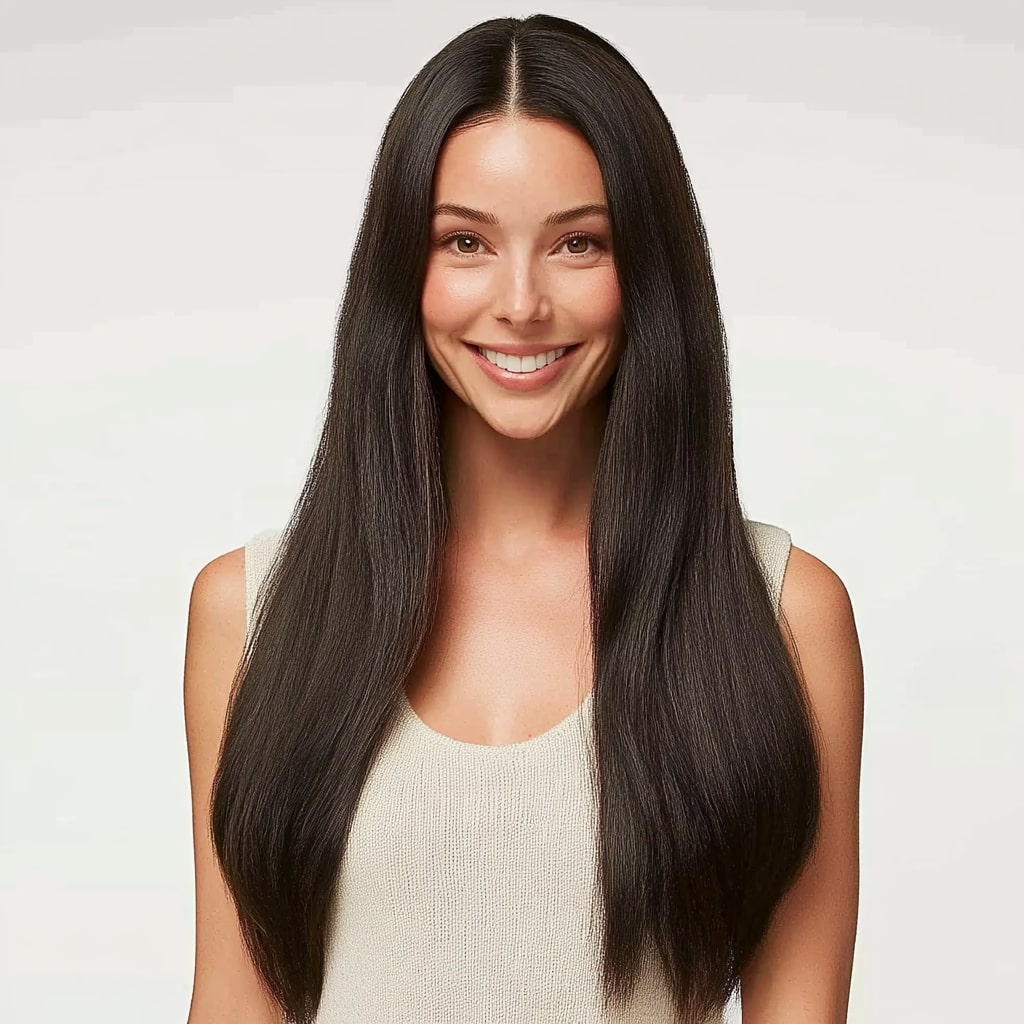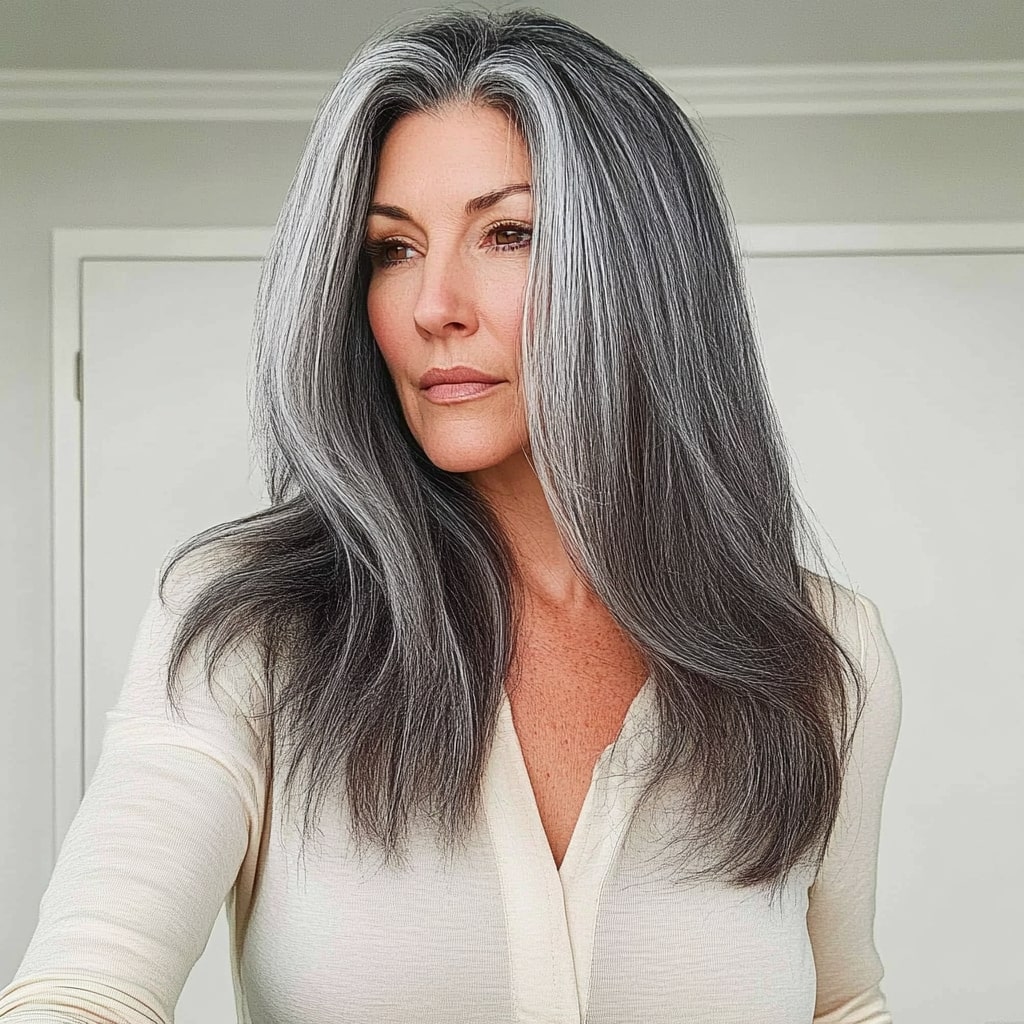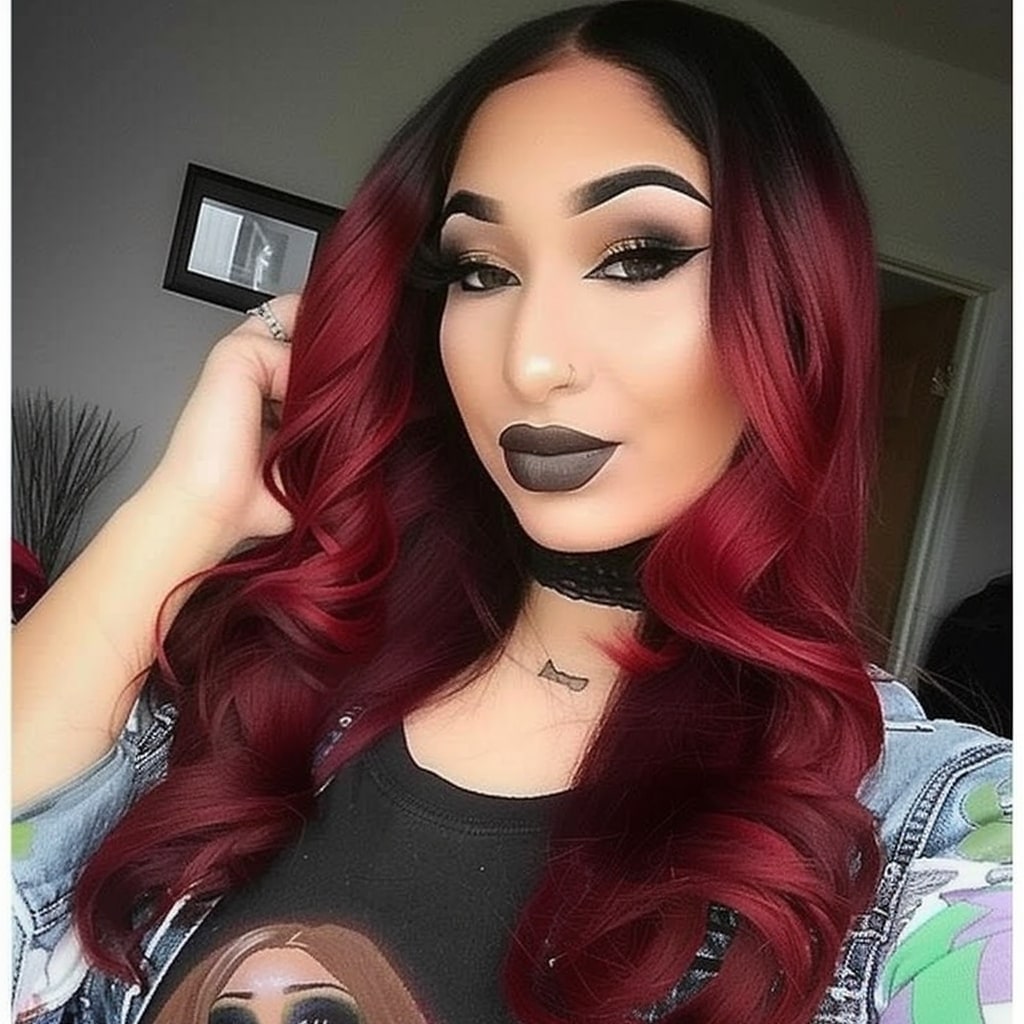Which are the most damaging hair extensions?
- Sam Conan
- Hair Extensions Blog
- Mar 29, 2025
- Reading time: 4 minutes

Hair extensions can work magic—adding instant volume, length, and confidence. But not all extensions are created equal. While many are safe when used correctly, some methods can be more damaging than others, especially if applied improperly or worn too long. At Canada Hair™, we believe knowledge is power. So let’s dive deep into which hair extensions are the most damaging, why they cause problems, and what to choose instead.
1. Fusion Extensions (Keratin Bonds or K-tips)
Why they’re damaging:
Fusion extensions involve bonding individual strands of hair to your natural hair using heat-activated keratin glue. The application process can take hours and typically requires professional installation. These extensions can last several months—but that long wear time comes at a cost.
The problem:
-
The glue can stress the hair follicle.
-
Heat used during the process can weaken your strands.
-
When not removed properly, fusion bonds may pull out natural hair, especially if tangled.
Verdict:
Most damaging if you have fine, brittle, or color-treated hair. Best for thicker, healthy hair—and only if installed and removed by an experienced professional.
2. Sew-In Extensions (Weaves)
Why they’re damaging:
Sew-ins require braiding the natural hair tightly along the scalp into cornrows. Wefts of hair are then sewn into the braids using a needle and thread.
The problem:
-
Tight braids can cause tension at the roots, leading to traction alopecia.
-
The weight of the wefts adds more stress to the scalp.
-
Difficult to properly clean the scalp, causing buildup and scalp irritation.
-
If left in too long, they can cause scalp infections or thinning.
Verdict:
Risky for people with sensitive scalps or thinning edges. Must be installed loosely and never kept in beyond 6–8 weeks.
3. Glue-In Extensions (Bonded Tracks)
Why they’re damaging:
Glue-in tracks are wefts of hair attached using hair glue directly onto the scalp or hair. They're usually intended for short-term use, like a weekend or a few days.
The problem:
-
Hair glue contains harsh chemicals that can irritate the scalp.
-
Glue removal often tears out natural hair, especially if done without a special solvent.
-
Residue can clog follicles, leading to scalp issues and breakouts.
Verdict:
Highly damaging. Not recommended for regular use. Consider clip-ins as a safer alternative for short-term wear.
4. Heavy Clip-In Extensions
Why they’re damaging:
Clip-ins are generally considered safe—but only when they’re lightweight and worn properly. If the clips are bulky or too heavy, and worn daily for extended periods, they can pull on the same sections of hair repeatedly.
The problem:
-
Tension at the roots, especially on fine or fragile hair.
-
Overuse leads to thinning or bald spots around clip areas.
-
Can weaken strands and lead to breakage during removal.
Verdict:
Safe for occasional use. Canada Hair™ recommends using lightweight clip-ins, and rotating clip placement to avoid repeated stress on the same areas.
5. Microlink Extensions (Micro-Beads or Micro-Loops)
Why they’re damaging:
These use tiny beads to clamp extensions to small sections of natural hair. No heat or glue is used, which sounds like a win—but there’s a catch.
The problem:
-
Beads are often clamped too tightly, which pinches the hair.
-
Movement of the beads over time can cause friction, weakening your strands.
-
If not removed carefully, beads can rip out hair with them.
Verdict:
Risky if not installed and maintained correctly. Only trust experienced stylists who understand bead tension and proper removal.
So… Which One Is the Most Damaging?
While every method has pros and cons, fusion extensions and glue-ins top the list as the most damaging, especially for fragile or fine hair. These methods often involve heat, glue, or both—putting your hair at serious risk if you’re not extremely careful.
What Causes the Damage?
Here’s what leads to most of the damage, regardless of the method:
-
Tension on hair follicles
-
Heat exposure from styling tools or fusion application
-
Chemical adhesives or poor-quality bonding agents
-
Prolonged wear without proper care or removal
-
Improper installation or DIY attempts
-
Heavy hair density not suited for your natural strands
-
Lack of breaks between extension installations
How to Protect Your Natural Hair
Even if you love wearing extensions, you can still protect your real hair. At Canada Hair™, we want to help you wear extensions safely and confidently. Here’s how:
Choose the Right Type
-
For thin or fine hair: opt for lightweight tape-ins or invisible wire extensions.
-
For thick, strong hair: fusion or sew-ins may work — but only with pro help.
Take Breaks
Don’t wear extensions non-stop. Let your scalp and roots breathe for a few weeks between installs.
Get Professional Help
Always go to a qualified stylist for complex methods like fusion, sew-ins, or microlinks.
Use Canada Hair™
We offer high-quality, lightweight, and easy-to-install options with free returns and fast shipping. Whether you choose synthetic or human hair, our extensions are made to reduce damage, not cause it.
Safe Alternatives You’ll Love
If you’re worried about damage, check out these gentler options from Canada Hair™:
-
Clip-In Extensions: Easy to apply and remove at home. Perfect for occasional use.
-
Invisible Wire Extensions: No glue, no clips, no stress. Just slip it on and go.
-
Lightweight Tape-Ins: Salon-grade, reusable, and discreet. Designed to blend and stay secure without excess tension.
-
Ponytail Extensions: Quick glam-up for a night out. Minimal stress on roots.
All available at www.canadahair.ca
Final Thoughts
The most damaging hair extensions aren’t necessarily bad — but they require expert care and professional handling. Damage usually happens when the wrong type is chosen for your hair type, or when they’re applied, worn, or removed improperly.
At Canada Hair™, we’re committed to giving you the best of both worlds: gorgeous hair without compromising your natural hair’s health.
Shop smarter. Choose safer. And always put your hair first.
Visit www.canadahair.ca to find the perfect damage-free extensions for your hair type.

 My Store Credit
My Store Credit
 Buy Again
Buy Again
